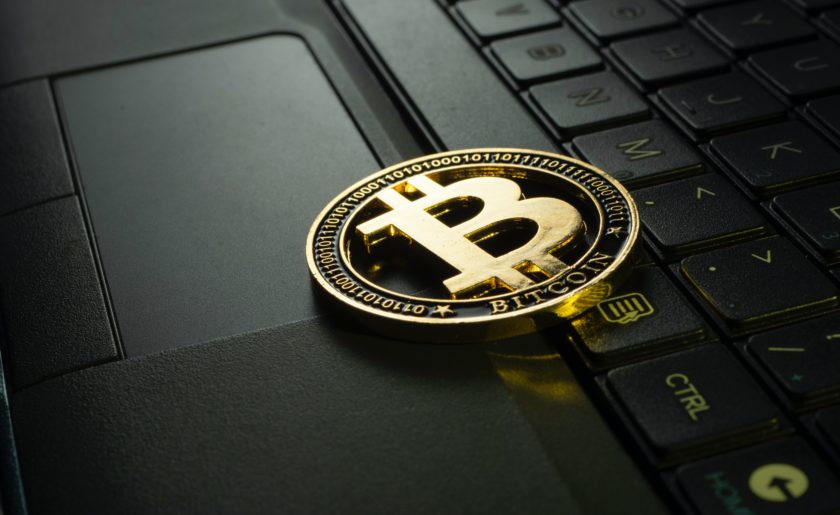Brand Financial Training look at cryptocurrencies, which make an appearance in the R02 exam under ‘alternative investments’ but do not yet appear in any of the other CII investment modules, as yet.
So firstly, what is cryptocurrency? Essentially it is a form of currency that is completely digital. Unlike cash, it has no physical counterpart. Rather than being issued, controlled, and maintained by a central authority (i.e. a bank), cryptocurrencies are secured and verified on decentralised systems through the use of cryptography.
Following the 2007/2008 financial crisis, a programmer (or group of programmers) known only by the pseudonym ‘Satoshi Nakamoto’ created a peer-to-peer form of electronic cash. This was Bitcoin.
Cryptocurrencies are all forms of Distributed Ledger Technology (DLT). A distributed ledger is a peer-to-peer digital database that enables every member of the network to supplement the data stored on it. This decentralisation of information allows greater trust in the network, as no one single person has control over the data stored. In the case of Bitcoin and most other cryptocurrencies, they are built on a form of DLT known as the blockchain.
The blockchain allows transactions to be stored, secured, and ordered, all in an immutable and decentralised fashion through the use of cryptographic signatures.
There are two main mechanisms underlying cryptocurrency and the blockchain, though others exist.
Proof of Work (e.g. Bitcoin):
Blocks are validated (transactions approved) and added to the chain through the process of ‘mining’. This involves computers competing to solve a complex cryptographic puzzle and discover a random 64 digit number named a ‘hash’.
To validate a block on Bitcoin, a miner has to verify on average 1,500 transactions. Whichever miner validates the block and solves the puzzle the fastest then adds the block to the chain and is rewarded for doing so (eg with new Bitcoin). This process takes on average 10 minutes for Bitcoin, therefore it takes on average 10 minutes for a payment to go through.
Proof of Work ensures that transactions are legitimate; avoids double spending; no central authority is required and the digital currency continues to enter the market until its maximum supply is reached.
Proof of Stake (e.g. Polkadot).
Rather than using miners, staking requires ‘validators’. Rather than mining new blocks, they are minted/forged. Whilst anyone can be a miner, only a few can be validators. To become a validator, a node (computer) stakes a certain amount of a cryptocurrency. This is like a security deposit. If a node is chosen to validate the next block, it will check that every transaction within it is valid. If it is, the node signs off on the block and adds it to the blockchain. There is no direct reward from adding the block itself. Instead, validators are given the fees that are associated with the transitions inside the block. They then share this fee with their stake pool, allowing everyday users to earn a passive income relative to their stake.
Proof of Stake also makes sure that transactions are legitimate; avoids double spending and no central authority is required. But far less energy is used – it is not as resource intensive.
Fast forward to 2022 and thousands of cryptocurrencies exist, as well as far more efficient alternatives to the blockchain such as Hashgraph.
How do you buy it?
The easiest way to buy cryptocurrencies is through an online centralised cryptocurrency exchange. The most famous of these include Coinbase, Binance, FTX and Kraken. Other cryptocurrencies with smaller market capitalisations can be purchased via other means before they list on a larger exchange. Other methods include investing in funds such as Greyscale for indirect exposure to the crypto assets that they list.
Where do you keep it?
The most secure storage is a hardware wallet, commonly referred to as cold storage as it is offline. Being offline, the wallet is protected from unauthorised access or hacking. Cryptocurrency can also be stored on exchanges or in ‘hot wallets’. As these are still online, they are widely considered to be less secure.
What dictates the price?
Most cryptocurrencies have a fixed total supply. In the case of Bitcoin, there will never be more than 21 million in existence. Therefore, simple supply and demand dictates price for a lot of currencies; speculative demand (bit like the stock market) and fundamental demand (where it’s applicable) with node operators buying currency to stake accounts and earn fees.
How do you buy things with it?
Certain cryptocurrencies can be used directly at online shops, service providers, video game companies, travel companies, and restaurants. Although merchants that accept payments are limited, this pool is expanding. In El Salvador Bitcoin has become legal tender meaning shops must take it as a payment if offered.
Regulation
The cryptocurrency industry is still largely unregulated. Whilst owners are required to pay capital gains tax in most countries, it can be difficult to enforce this due to the pseudo-anonymous nature of the asset. Most legitimate exchanges are however now requiring ‘Know Your Customer’ in order to combat this issue.
Whilst many countries such as Australia, Portugal and South Korea to name a few have embraced cryptocurrency with open arms, the SEC (the US Securities and Exchange commission) has outlined the need to regulate in the US. Debate rages, some politicians advocating the importance of making the US a leader in this field and fuelling innovation, others concerned of its potential to destabilise the current economic system.
The FCA has recently announced its crack down on crypto advertising in the UK, but is yet to announce any significant plans regarding regulation.
Brand Financial Training R01 – R05 E-mocks
Brand has launched R01-R05 E-mocks, a resource which allows candidates online access to the firm’s exam style mock questions. The E-mocks offer the flexibility to practise taking short quizzes of 10 questions, 30 questions, 100 questions, or a fully timed mock exam. The resource is available with a purchase of any of Brand’s study kits and is currently available for R01, 2,3,4 & 5.
This article was first published in the March 2022 issue of Professional Paraplanner.





























